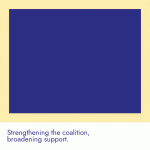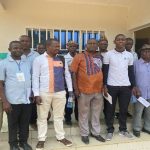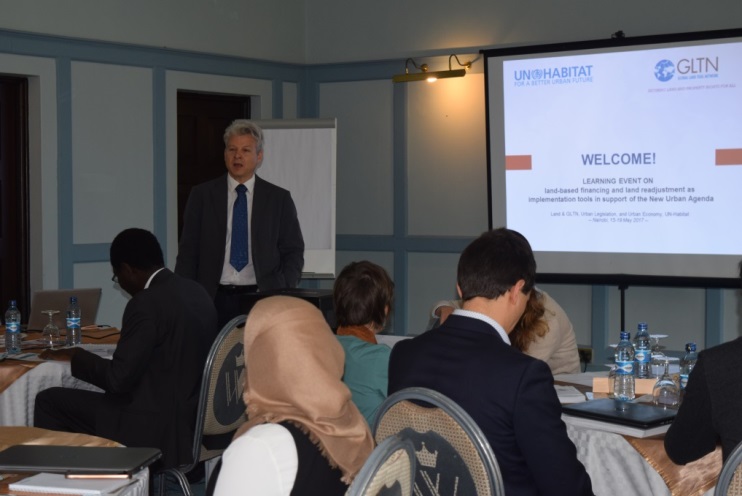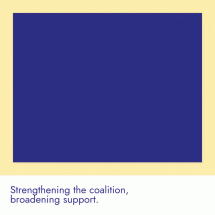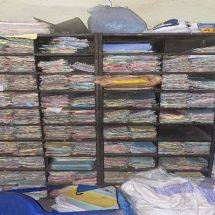GLTN conducts learning event on Land Based Financing and Land Readjustment for UN-Habitat Programme Managers in Nairobi
The principles and commitments of the New Urban Agenda (NUA), include the commitment to work towards an “urban paradigm shift” that will, among others, “adopt sustainable, people-centered, age- and gender-responsive and integrated approaches to urban and territorial development by implementing policies, strategies, capacity development, and actions at all levels, based on fundamental drivers of change”. As cities continue to grow, the use of and access to and management of land will become increasingly important, particularly if the transformative potential of the New Urban Agenda is to be harnessed. Land-based revenue and finance tools can play a vital role in the establishment and maintenance of stable financial frameworks at the local level, thus contributing to sustainable urban development.
In order to better enable UN-Habitat’s programme management and operational staff to seize these opportunities, the Land and GLTN unit in collaboration with the Urban Economy branch organized a five-day learning workshop in Nairobi from 15 to 19 May 2017on the practical application of land based financing and participatory and inclusive land readjustment (PILaR) as implementation tools in support of the New Urban Agenda. The learning objectives of this workshop were:
- Increased awareness of the policy, legal and institutional context of land based financing and land readjustment, and how their application can contribute to the building of sustainable and equitable cities;
- Clear understanding of a range of land based financing instruments and the potential of each tool in their own local context;
- Practical knowledge of the roles and tasks required to implement or improve the most common land based finance instruments in their environment, as well as other related mechanisms and tools and what can be achieved through their application;
- Draft plans of action spelling out the next steps for the application of land-based finance and/or participatory and inclusive land readjustment implementation in their country contexts;
- Energy and commitment to implement the action plans.
Speaking during the opening session of the training, UN-Habitat’s Programme Division Director Raf Tuts, underscored the importance of the learning event as it provides an excellent opportunity for strengthen linkages between UN-Habitat sub-programmes with the country offices. In his welcome remarks, Land and GLTN Unit Leader Oumar Sylla, also highlighted the importance of the training and the rare opportunity it provides in supporting implementation of the New Urban Agenda through increased collaboration between UN-Habitat Units, branches, programmes and country offices.
The attraction of land as a source of local revenue is obvious. Land is immobile and taxes and fees tied to land cannot be avoided by relocating to another place. As well as supporting local expenditure, they also contribute to creating a healthy investment environment through promoting adequate infrastructure and efficient governance. Another tool that can support sustainable urban development is land readjustment. This is because it allows for planned and managed urban extension and densification with a potential embedded self-financing mechanism derived from a partnership between land right holders, local authorities, governments and other stakeholders.


